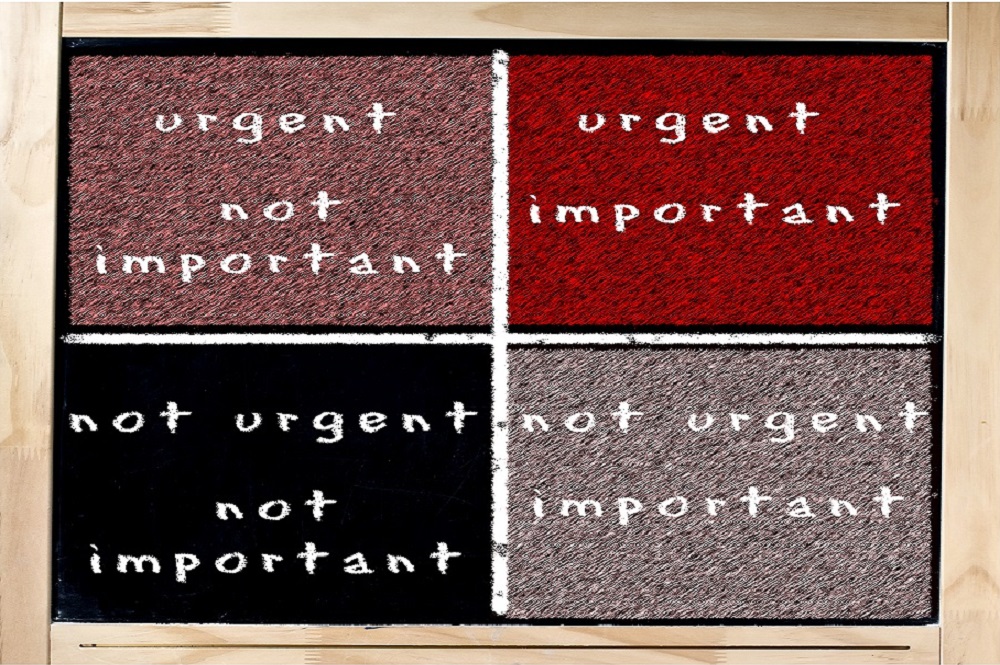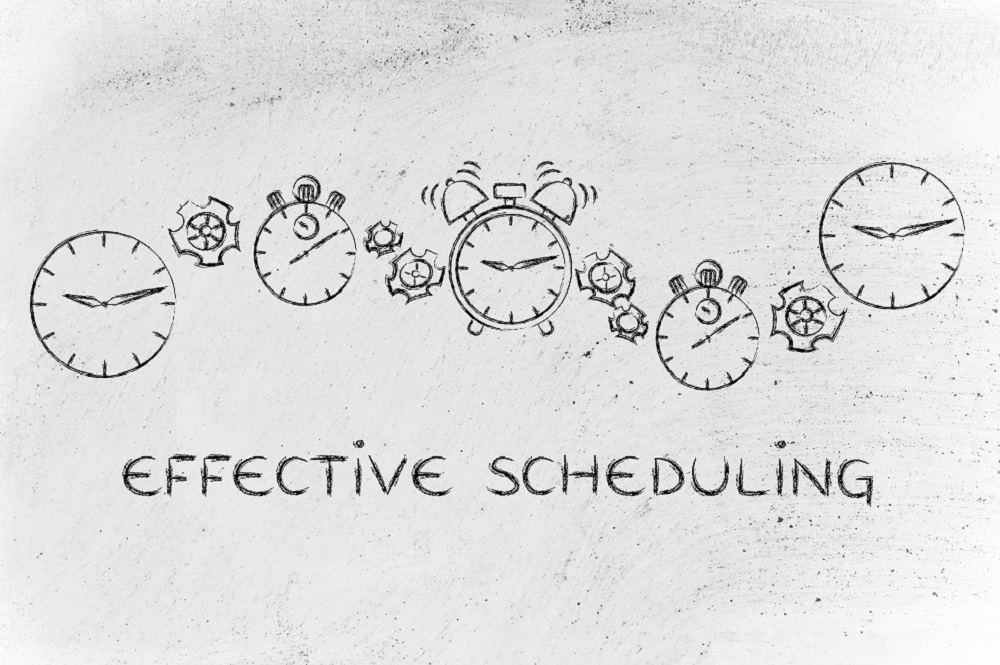- Home
- 7 Steps of Goal Setting
- Time Management Template
Use the 90 day Time Management Template to stay FOCUSED on what matters
When you have too much to do and not enough time you need a 90 day time management template to keep you focused on what matters.
In the whirl of incoming stimulus in the workplace we often fall prey to unconscious or blind routines just to keep afloat – filling up our time with activity but failing to take aim at what matters.
A 90 day plan that keeps our meaningful outcomes in our line of sight is crucial - this can be crucial when we are overwhelmed and don’t have the energy to execute action and defend ourselves from the incoming tide simultaneously.
A significant challenge in time management at work lies in not being able to get focus on what we need to do when our outcomes are deliverable in the longer term or simultaneously or in a sequence yet to be determined. Often this is the case when KPIs are set annually and handed over with the expectation that “you can take it from here.”
The confusion arising out of this as challenges arise with deliverables, delays and changes of direction begin to impact very negatively - disabling the poor worker just trying to keep the goal in sight.
The tool for remedying this is our 90 day time management template.
We call it our “line of sight” tool. It is the pair of binoculars that keeps our key outcomes close to us and shows us the way to hit our interim targets on the way to our longer term destinations.
Imagine Super Mario picking up the treasure on the way through the game – he needs a road-map to know where he is going. We need a very clear road-map to get to our treasured outcomes also.

Our 90 day time management template is a tool that
- breaks your longer term projects into doable, comprehensible pieces that your memory and capacity can keep on top of.
- provides a great basis for a conversation with your colleagues, your team, your boss and clients to ensure that expectations are matched and work is not unnecessarily duplicated or delayed.
Know what you need to achieve with confidence.
Download our 90 day Time Management Template here (PDF). Go get it!
How to use 90 day Time Management Template - the WHAT, the WHEN, and the HOW
Here I want to describe the WHAT, WHEN, and HOW of quarterly planning
Step 1. Identify your priority areas (the WHAT)
Key here is to work out what is that magic 20% that generates the most return on your investment of time. Use Pareto principle as a guide to choose the 1 to 3 priority activities over the next 12 weeks at work that if you focus on them will give you biggest bang for buck.
Write these down in each of the priority areas. The priority areas are those areas that you need to focus on over the next 3 months. They are your most important areas. Sure you will still need to take care of business as usual activity but you invest some of your time into these priority areas as well.
While we are in this high impact thinking mindset please also consider your life outside of work and consider 1-3 priority areas.
Step 2. What does success look like
The next step is to identify what success looks like. What would you need to accomplish in that quarter for that priority area to be a success. In a perfect world these should cascade from longer term KPI's or your career goals. Try to make this as specific as possible. Try to set smart goals.
Step 3. HOW are you going to do it.
There are a few ways to do this.
First is to identify the key activities that you need to focus on. The second is that you may have 5-8 action steps that are in sequence.
In short, your plan needs to be detailed enough to give you a sense of the actions required, but not so detailed that you are overwhelmed by the minutia. It is better to leave the minutia to the regular weekly planning sessions.
The purpose here is to have action steps to break down the priority area that you are going to focus on into smaller more achievable steps.
Step 4: WHEN are you going to pay the price?
Now when I used to work with elite athletes into various Olympics they were pretty good at the WHAT and the HOW. And in my experience for the last 10 years in the corporate world they are also pretty good at the WHAT and the HOW.
But they are less good at the WHEN.
There are a few reasons for this, but one of the main ones is that we don’t have a clear idea of the WHEN. Now I am not talking about the deadline so much here on the mini goals. I am more talking about how much of your time you need to be spending in these priority areas to give yourself the best chance to achieve it.
What I am talking about is process.
So in the final column – titled “by when/hours per week” make a decision about when you need to complete this action and/or how much time you need to be devoting to this priority area on a weekly basis to give yourself the best chance of achieving you success.
Step 5: Set a KPI on your time spend.
In the 90 day time management template you have written out your WHAT, WHEN and HOW.
You have a clear idea of WHAT success looks and have some shorter term goals around moving forward on that priority area (HOW) – and also you have an idea of when you need to do it by or time spend each week on this priority area (your WHEN) – it is worth considering a key performance indicator (KPI) here that you can track and keeps you on target on a week to week basis. Make sure that it is easily viewed and that you have some power to control it.
Using the 90 day time management template in teams
When we are talking about employee time management and having the team aligned - we have used this time management template for a number of years to get teams of people on the same page.
Often before presenting to the team it is worthwhile for the manager to articulate in this template what their team is going to achieve in the next year.
With this team plan done each team member drafts their own plan based on what the team is aiming for.
This does a few things:
- It aligns each team member to the overall team goals
- It allows the team to brainstorm actions for each goal.
- It allows the each member of the team to check in with the manager to reach agreement on what the priorities are for that individual.
Related time management articles
 Keys steps to holding productive meetings Keys steps to holding productive meetings |
 Manage interruptions and develop a laser-like focus Manage interruptions and develop a laser-like focus |




New! Comments
Have your say about what you just read! Leave me a comment in the box below.